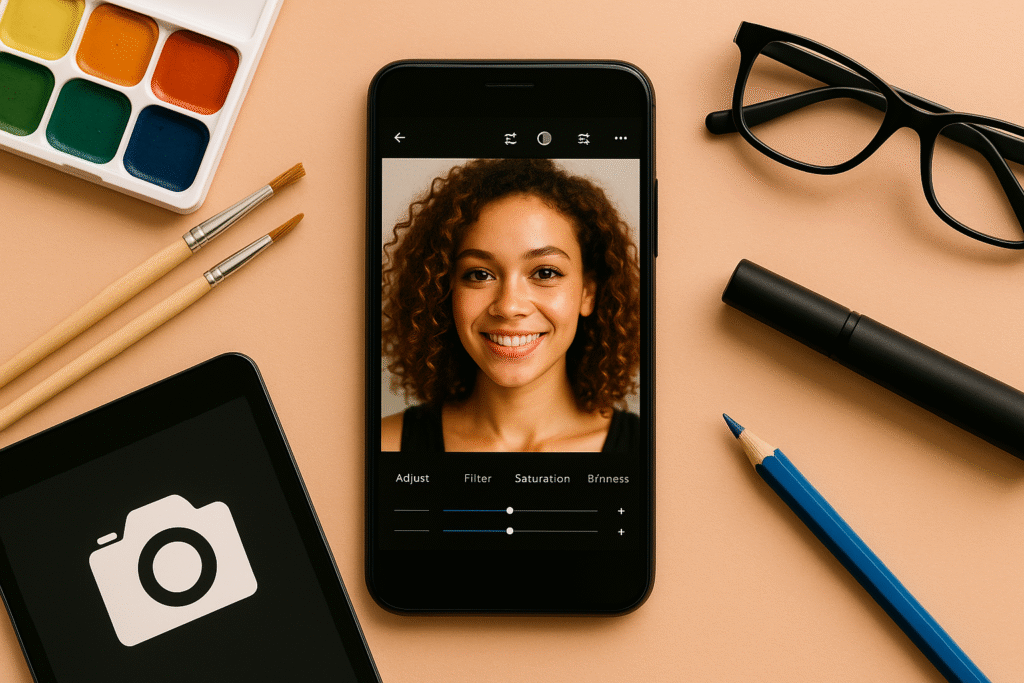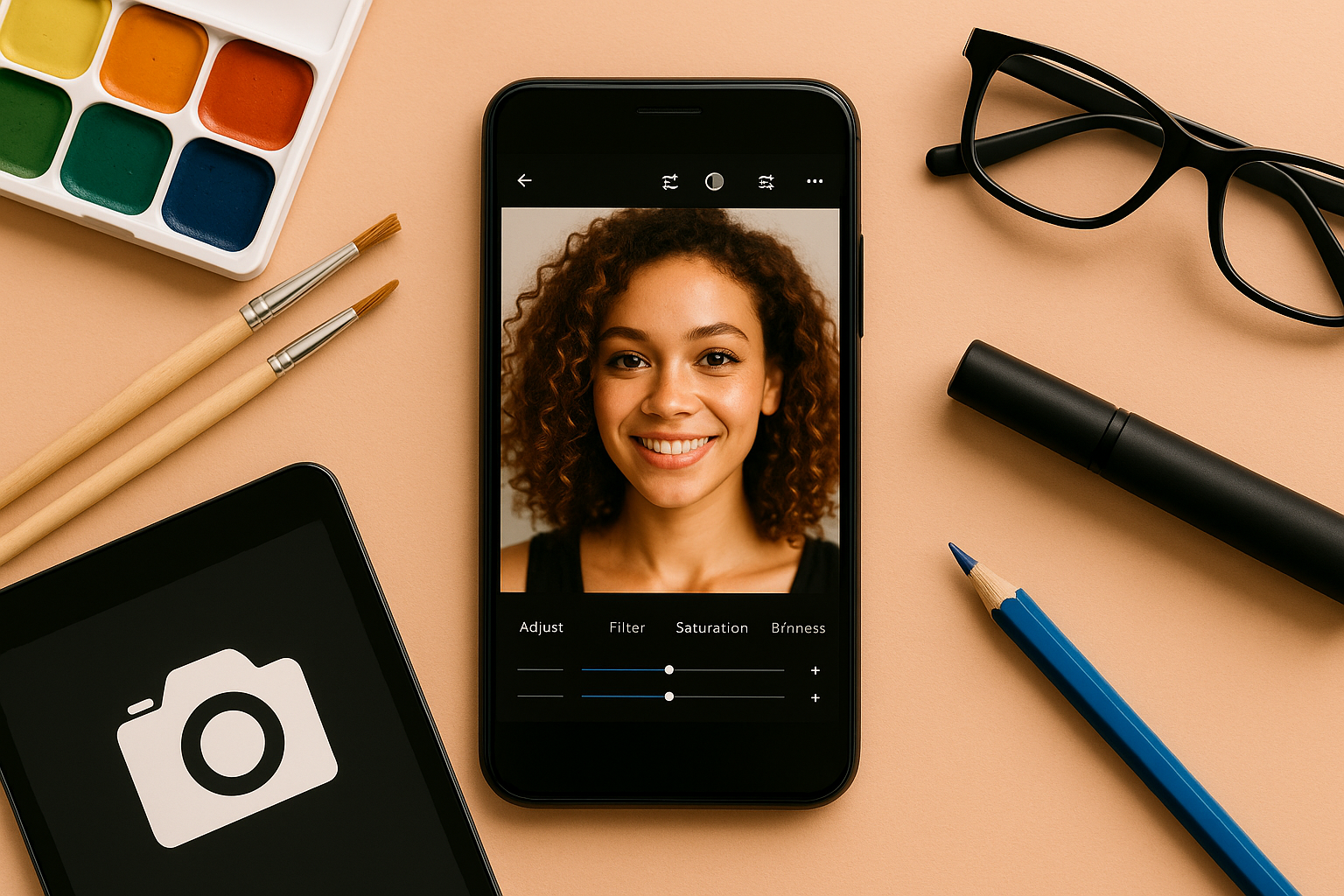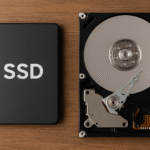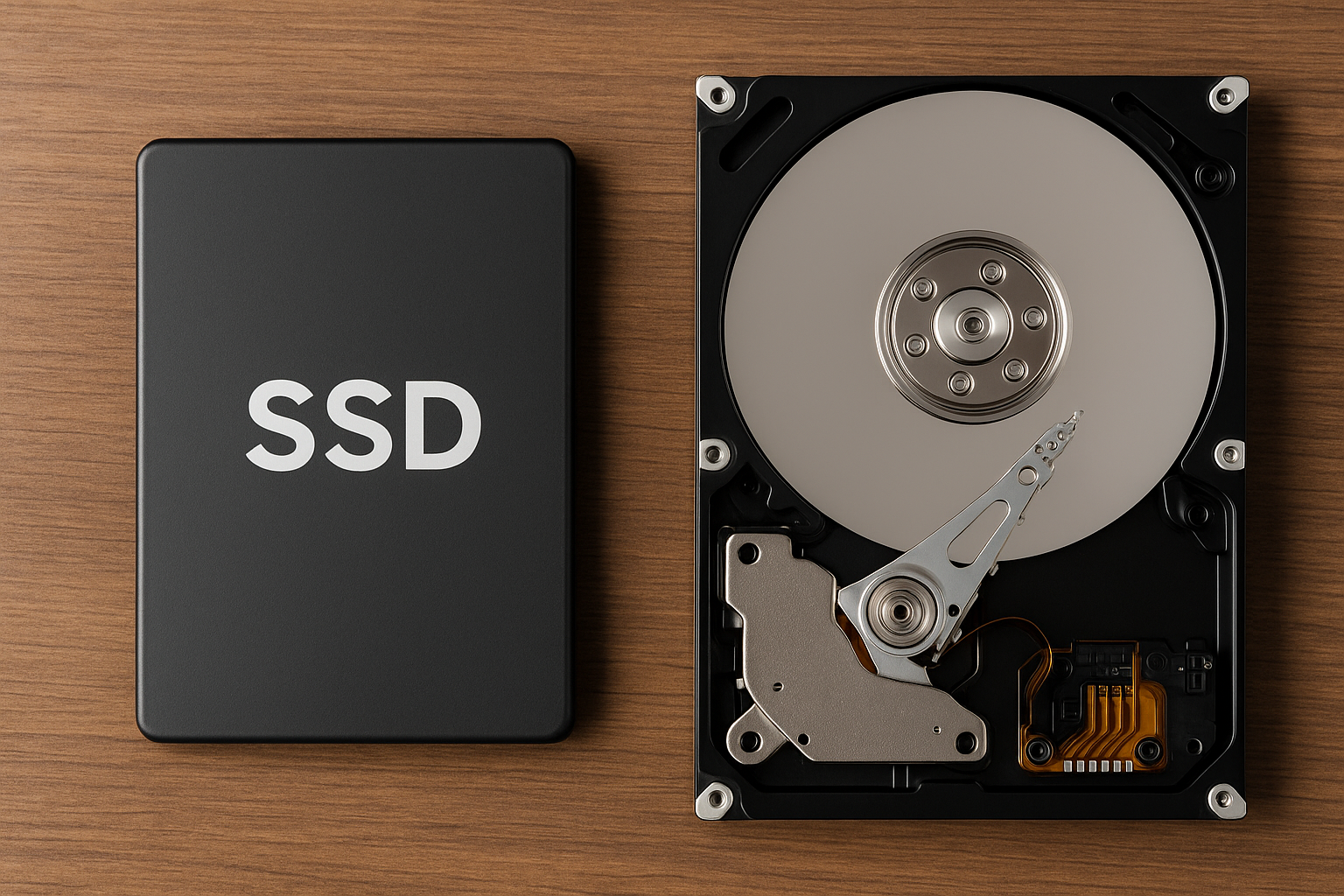In the age of visual storytelling, powerful photo editing tools have become essential—whether you’re a content creator, influencer, small business owner, or hobbyist. The good news? You don’t have to invest in expensive software to get incredible results. Today, outstanding free photo editing apps offer professional-grade features, intuitive interfaces, and seamless workflows.
This guide explores the top free photo editing apps across desktop and mobile platforms, explaining their standout features, ideal use cases, and tips to maximize your creativity.
Why Free Photo Editors Are Worth Considering
You might wonder, “Do free apps really work?” The answer is a definite yes. Modern free editors often deliver:
- Essential tools like cropping, color correction, filters, and brushes
- Layer support and advanced adjustments (contrast, saturation, curves)
- Creative effects for composites, retouching, and design
- Frequent updates and active user communities
Whether you need to polish social media posts, fix lighting issues, design banners, or just have fun with filters, free tools can cover almost everything.
1. GIMP (GNU Image Manipulation Program) – Desktop Powerhouse
Platform: Windows, macOS, Linux
Overview: GIMP is a free, open-source alternative to Photoshop—rich with features, flexible, and highly customizable.
Pros:
- Full layer support with advanced blending modes
- Customizable interface and plugins for added functionality
- Powerful tools: healing brush, clone tool, paths, and color grading
Cons:
- Steeper learning curve for beginners
- Slightly slower workflow compared to paid tools
Best for: Photographers, designers, and seasoned editors who want serious control without cost.
2. Paint.NET – Simple and Lightweight for Windows
Platform: Windows only
Overview: Paint.NET is a user-friendly image editor that bridges basic tools and advanced features.
Pros:
- Intuitive, clean interface
- Layer? ✔ Selective editing? ✔ Effects and plugins? ✔
- Lightweight with good performance
Cons:
- Limited to Windows
- Not as feature-rich as GIMP
Best for: Windows users seeking a capable but straightforward editing app.
3. Photopea – Browser-Based Photoshop Alternative
Platform: Any browser
Overview: Photopea is a web app that mirrors Photoshop’s layout, welcoming PSD file compatibility and powerful editing tools.
Pros:
- No installation required—runs directly in your browser
- Supports PSD, XCF, Sketch, and more
- Advanced tools like masks, smart objects, and filters
Cons:
- Relies on browser performance
- Ads are present (can be removed with premium version)
Best for: Quick edits, Photoshop users needing accessibility, or Chromebook users.
4. Pixlr X & Pixlr E – Lightweight Web Editors
Platform: Browser-based
Overview:
- Pixlr X: Intuitive editor for basic edits and filters.
- Pixlr E: Advanced features like layers, masks, and textures.
Pros:
- No installation, works smoothly in browsers
- User-friendly interfaces
- Offers essential and creative tools for editing
Cons:
- Ads in free version
- Advanced features limited compared to GIMP or Photopea
Best for: Casual users aiming for quick edits or social-ready graphics.
5. Canva – Design-first Photo Editor
Platform: Web, iOS, Android
Overview: Canva is design-focused, offering photo editing with drag-and-drop templates for social media, presentations, and marketing.
Pros:
- Thousands of free templates for social posts, resumes, and posters
- Basic photo editing (filters, brightness, crop)
- Great for beginners and non-designers
Cons:
- Limited fine-tuning controls compared to traditional editors
- Many templates and elements are premium-only
Best for: Bloggers, marketers, and anyone wanting visually appealing results fast.
6. Snapseed – Powerful Mobile Editing
Platform: Android, iOS
Overview: Developed by Google, Snapseed offers robust editing tools in a mobile UI.
Pros:
- Professional tools: Curves, healing, perspective, brushes
- Non-destructive editing with easy adjustment stacks
- Free, no ads, and lightning fast
Cons:
- Mobile-only
- Smaller screen space limits precision
Best for: Mobile creators and casual editors seeking in-depth control without complexity.
7. Darktable – Photographer-Oriented RAW Editor
Platform: Windows, macOS, Linux
Overview: Open-source and designed for serious photo editors, Darktable supports RAW editing with professional fine-tuning tools.
Pros:
- Powerful RAW processing with features like color management and mask editing
- Workflows tailored for photographers
- Unlimited use at no cost
Cons:
- Requires some learning to master
- Interface looks dated compared to sleek alternatives
Best for: Enthusiast photographers working with RAW image files.
8. Fotor – Simple Web & Mobile Editing with Flair
Platform: Web, iOS, Android, Windows, macOS
Overview: Fotor balances ease and creativity—edit photos, create collages, and apply artsy effects with minimal effort.
Pros:
- Attractive filters and photo effects
- Built-in collage and design templates
- Basic free toolset available
Cons:
- Premium plans offer the best features
- Ads in free version
Best for: Creative social content or quick visual storytelling.
9. Polarr – Accessible Pro-level Editing
Platform: Web, Windows, macOS, iOS, Android
Overview: Polarr delivers a sleek app experience with deep editing controls and stylish overlays.
Pros:
- Layered effects and filter blending
- Custom filter creation and export
- User-friendly interface
Cons:
- Most advanced features are premium
- Web and mobile versions limited in features compared to desktop
Best for: Users who love filter experimentation with professional touches.
10. Krita – Art & Illustration Focused
Platform: Windows, macOS, Linux
Overview: Krita is tailored for artists, offering excellent brush tools, masks, and painting workflows. Its editing tools also cater to photographers looking to retouch images.
Pros:
- Brush engine supports detailed digital artwork
- Layer and mask support
- Free and open-source
Cons:
- Interface can be overwhelming for beginners
- Primarily art-focused, not photo-centered
Best for: Illustrators and digital artists who also want photo editing ability.
Bonus Tips for Smart Photo Editing
- Always save metadata when possible for traceability.
- Work non-destructively using layers or keeping originals intact.
- Understand color spaces for accurate printing or web display (sRGB vs. Adobe RGB).
- Use keyboard shortcuts to speed up repetitive work.
- Export optimally—e.g. 1080p for web posts, max quality for printing, or compress files for faster loading.
Final Thoughts: Choosing the Right Tool
Here’s a quick reference to help you pick:
| Platform | Standout Feature | Best For |
|---|---|---|
| GIMP | Pro-level features, open-source | Designers & power users |
| Paint.NET | Lightweight, simple interface | Windows users |
| Photopea | No install, PSD-compatible | Photoshop users |
| Pixlr | Fast browser edits and effects | Casual social editing |
| Canva | Templates for quick design | Marketers & content creators |
| Snapseed | Mobile pro editing tools | Mobile creators |
| Darktable | RAW editing and photoworkflows | Photographers |
| Fotor | Collage and effects made easy | Social content makers |
| Polarr | Stylish filters and layered editing | Creative editors |
| Krita | Brush power for digital art | Illustrators & artists |
Whether you need simplicity, power, or versatility, there’s a great free photo editor to fit your needs—no software installation required.







